John Hurrell – 7 February, 2011
Many are also deliriously spatially lopsided, once you peer through the quatrefoil ‘windows' to see the lined up ‘Bridget Riley' ovals zipping towards you at great speed. Because of the instability of the curved quatrefoil shape the spatial recession within those edges is alarming - and only partially knocked back when intertwined by a sinewy brushstroke.
Auckland
Max Gimblett
The Daring Young Man on the Flying Trapeze
1 February 2011 - 28 February 2011
Quatrefoil panels - usually covered with goldleaf or glossy lacquer over which might be added sweeping splattery brushmarks - have for a long time been Max Gimblett’s calling card, instantly recognisable in any restaurant you eat at, any boardroom you might visit. In this merging of medieval Christianity and Zen Buddhism some works hit the spot with impeccably perfect grace, others are oafish and flabby. It’s all or nothing, and despite Gimbett’s stated desire to paint with an arm action that’s null of thought, some shows are empty of convincing visual dynamism as well as mind.
So now we have another one. More quatrefoils. But surprise surprise: there are significant changes. What was double layering is now triple. The supporting cross-shaped base of four overlapping circles has besides calligraphy acquired a new frontal grid of dots - or perspectivally sideways, sloping, discs. In silver or gold leaf. Lusciously hued, glistening, iridescent, these Op Arty circles are a veil that is also suggestive of bulging snakeskin or fish scales: some sort of animal surface - vaguely feral.
Many are also deliriously spatially lopsided, once you peer through the quatrefoil ‘windows’ to see the lined up ‘Bridget Riley’ ovals zipping towards you at great speed. Because of the instability of the curved quatrefoil shape the spatial recession within those edges is alarming - and only partially knocked back when intertwined by a sinewy brushstroke. Others though make the frontal plane more discordant by having the metallic leaf shapes sliced and shifted as if on a fault line or diagonally cut collage. The implied fissures unsettle the decorative rhythms.
Despite their fascinating complexity, Gimblett’s works do suffer when you see them in bulk. With all the glittering gold leaf, glossy loud colours and splashing about, the paintings look vulgar and frantically excessive - despite their religious intentions. They work much better in very small groups where the comparative isolation helps them speak to you directly. With dignity.
As for these new spatially fragmented works, it is this peculiar tilting of crunched up purple or black planes that holds your interest. It is clever for Gimblett to arrive at such an unsettling spatial dynamic, for that depth is very new and you elatedly optically dive into it. In vivid contrast there are four or five other paintings that have a frontal grid of small squares (maybe some coloured ovals mixed in) and a colour sense related to the more muted, delicate, metal leaf palette of Tony Lane. These hues lack tonal extremes and as such these surface /picture-plane oriented quatrefoils generate a mosaiclike flicker, a gentle pulse that provides a more stable mood, unlike the colliding ovals and circles. A different variety of pleasure.
The Daring Young Man on the Flying Trapeze - with its title taken from William Saroyan’s short story - is the best show Gimblett has had for some time at Gow Langsford; the last one of over-laboured brushstrokes was a disappointment. There is a new found confidence and excitement in this new direction: the aerial acrobatics resulting from his gridded, brusherly and mystically curvacious chromatic hybridity are infectious.
John Hurrell
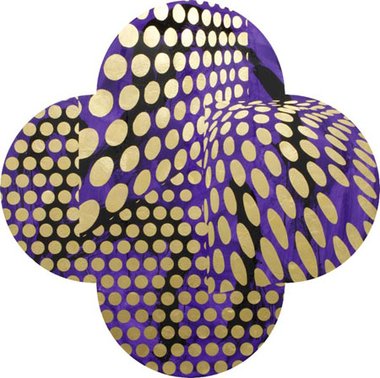
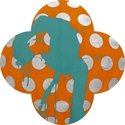
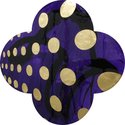
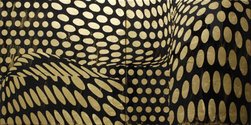
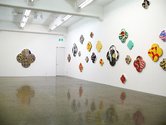
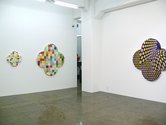
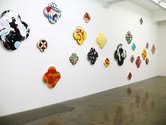
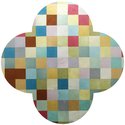
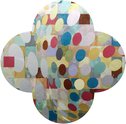
 Advertising in this column
Advertising in this column Two Rooms presents a program of residencies and projects
Two Rooms presents a program of residencies and projects



This Discussion has 0 comments.
Comment
Participate
Register to Participate.
Sign in
Sign in to an existing account.